A safety guide isn't just a piece of paper you file away to check a box. It's your roadmap to a successful, secure event. It’s the tool that empowers your team, protects your attendees, and safeguards your reputation. It’s the foundation upon which every great experience is built.
So, let's roll up our sleeves together. In this guide, I'll walk you through everything you need to create a practical, easy-to-use safety plan for your next event. Because the best events are the ones where everyone gets home safe and sound.
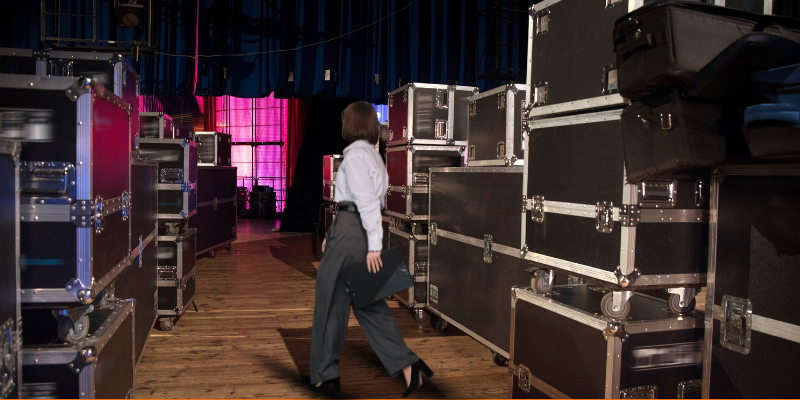
Before You Do Anything Else: The Risk Assessment
Every single great safety plan starts with a thorough risk assessment. You can't prepare for potential problems if you haven't taken the time to think about what they might be. It’s about looking at your event with fresh eyes and asking, "What if?"
Here’s how to get started:
Walk the Venue
Get your team together and physically walk through the event space. Look for potential hazards. Are there uneven surfaces that could be a tripping hazard? Are there poorly lit corners? Where are all the fire exits? Is there clear access for emergency vehicles?
Brainstorm "What If?" Scenarios
Think through potential problems, from the minor to the major. What if a guest has a medical issue? What if a small fire starts in a food stall? What if there's a sudden thunderstorm? What if a child gets separated from their parents? Don't scare yourself, just prepare yourself.
Consider Your Audience
The risks at a children's festival are different from those at a corporate conference or a rock concert. Will there be elderly attendees? Guests with mobility challenges? Your plan needs to account for the specific needs of the people you're hosting.
Pro Tip: Create a simple checklist for your risk assessment. Go room by room, area by area, and make notes. It’s the best way to make sure you don’t miss anything.
Building Your Safety Guide: The Key Components
The best safety guide is one that people will actually use, especially in a high-stress situation. That means it needs to be clear, concise, and easy to scan. Forget dense paragraphs; think bullet points, bold headings, and simple language.
Here are the essential sections your guide must have:
Key Contacts
The very first page should be a crystal-clear list of emergency contacts. This includes 911, local police and fire non-emergency lines, and, crucially, the cell phone numbers for key event staff like the Event Manager, Security Lead, and Medical Lead.
Emergency Procedures
This is the core of your guide. Use simple, step-by-step instructions for each scenario you identified in your risk assessment.
-
Medical Emergencies: What to do, who to call, and the exact location of the first-aid station.
-
Fire Safety: Evacuation routes from every area, primary and secondary assembly points, and instructions on how to use a fire extinguisher (remember P.A.S.S. - Pull, Aim, Squeeze, Sweep).
-
Severe Weather: Procedures for sheltering in place and how you'll communicate updates to staff and attendees.
-
Lost Child/Vulnerable Person:
A clear, calm protocol for your team to follow to reunite people quickly and safely.
Staff & Volunteer Roles
In an emergency, everyone needs to know their job. Clearly define who is responsible for what. Who calls 911? Who clears the exits? Who speaks to the authorities? Also, include your communication plan—are you using walkie-talkies on a specific channel? A dedicated group chat?
Venue Map
Include a simple, clean map of the venue. Mark all the important locations: emergency exits, fire extinguishers, first-aid stations, and your outdoor assembly points.
Pro Tip: Don't just write the plan, walk it! Before the event, physically walk through your emergency procedures with your key staff. It makes a world of difference when the instructions are in your muscle memory, not just on a page.
Putting Your Plan into Action: Training and Communication
You can have the most brilliant plan in the world, but it's useless if your team doesn't know it. A safety guide sitting in a binder is just paper; a safety guide in the minds of your people is protection.
Training is Non-Negotiable
Hold a mandatory pre-event safety briefing for all staff and volunteers. Yes, everyone. Walk them through the key procedures in the guide. Show them the exits. Point out the first-aid station. Give them a chance to ask questions. A confident team is a calm and effective team.
It's also a good idea to post safety information in a backstage area or break room if you have one. I put together a template you can download for free to help you get started! Just click on the image below to download a free, printable PDF.
Communicate with Attendees
Safety is a team sport, and your attendees are part of the team. Share key safety information with them. Add a "Safety at Our Event" section to your website or app. Use clear, friendly signage on-site to point out exits, help desks, and first-aid stations. When people know you have a plan, it gives them peace of mind to relax and have a great time.

After the Last Guest Leaves: The Post-Event Debrief
The learning doesn't stop when the event ends. Within a day or two, get your key staff together for a post-event debrief.
Discuss what happened from a safety and security perspective. What went well? What could have gone better? Were there any incidents, and how were they handled? What feedback did you get from staff or attendees? Use these learnings to update and improve your safety guide for the next event. Your safety plan should be a living document, always evolving and getting better.
Final Thoughts
Creating a safety guide is one of the most important things you can do as an event organizer. It’s a hallmark of a professional, well-run event, and it sends a clear message to your staff and guests: we care about you.
When you plan for safety, you're not planning for things to go wrong; you're ensuring things go right.
Another way to help make sure things go right during your event is to work with a ticketing partner who is there for you every step of the way. Passage offers free concierge support both to you and your guests. So that ticketing can be one less thing you need to stress about.
See for yourself with a demo or start creating your first event today!
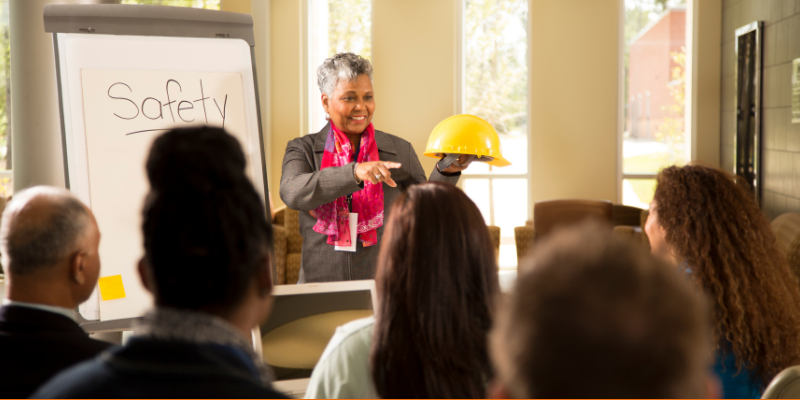

.png?width=800&height=400&name=A%20group%20of%20colleagues%20sitting%20on%20a%20tiered%20office%20bench%20with%20cushions%20for%20a%20casual%20meeting%20(2).png)






